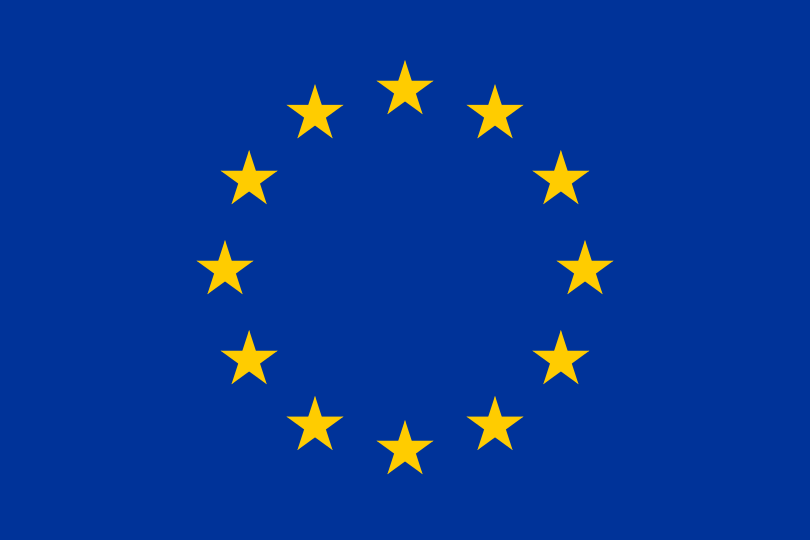In correspondence with the EURL BVL workplan for the current work period, the EURL BVL will offer a webinar focusing on two topics for all interested NRLs on Thursday, 15 December 2022:
15.12.2022, 9:30 – 10:30 a.m. CET: Almanac data base
This webinar deals with the method data collection. Most NRLs have meanwhile entered their method performance data into the Almanac data base. In the webinar, we will give an overview of the results obtained so far, show substance-group-specific evaluations and will answer open questions on data entry and the use of the data base.
15.12.2022, 11:00 – 12:00 a.m. CET: Laboratory-comprehensive validation study – multi-analytes/multi-substance-groups in milk
In the past working periods several laboratory-comprehensive validation studies with participants from many NRLs were organised and successfully finalised. The benefits from participation in such studies are :
- Provision of a detailed method description, practical training (if required), provision of standard substances
- Provision of a validation plan (and a time frame to be followed)
- Provision of an individual and a laboratory-comprehensive validation report
- Complete method validated in accordance with CIR (EU 2021/808) – if participation was successful
The participating laboratories should have the respective resources to carry out the analysis according to the method description and the validation plan in the provided time frame.
Our new validation study will mainly cover substance groups B2e, A6 (nitroimidazoles, CAP), B1 and A3 (corticosteroids) in the matrix milk. The method was devised as a confirmatory method, but can also be used for screening. The detection can be carried out on either LC/MSMS instruments or HRMS instruments. The practical part of the validation study will start in 2023. It would be very much appreciated if you could consider to participate in this study, given the respective resources are available in your lab and there is need for such a method.
During the webinar the details of the method including the list of analytes will be provided. Furthermore, a validation plan and a timetable for the validation study will be presented (implementation of the method, training (if applicable), test run, validation runs, reporting, final evaluation). In the follow-up to the webinar, we will hold a question-and-answer-session for your questions with regard to a possible participation in the study.
If you wish to participate in one – or both – parts of the webinar, please fill in and submit your registration no later than 9 December 2022 (details have been provided to NRLs by e-mail).
 EURLs for Residues of Veterinary Medicinal Products
EURLs for Residues of Veterinary Medicinal Products